Every few years, someone comes along wanting to tell the “real” story of King Arthur Or at least a new spin on one of the potential realities. At this point, we have just as much proof that he was real as we do that he wasn’t. Perhaps he was a Roman soldier who defected, perhaps he was a real king. Perhaps, like King Lear, he was a minor deity incarnated into human form through storytelling.
Regardless, any attempts to tell his real story will forever fall short. More than 40 years ago we already got a film that is as close as we’re ever likely to get to a blend of the era and the characters represented accurately.
It’s called Monty Python and the Holy Grail.
No, wait, don’t go.
While the Pythons may have taken ample liberties with things like Grail-shaped beacons and coconuts and swallows, the majority of the film is closer in both legend and historical nature than anything we’ve had before or since. We may never be able to prove the truth of a historical Arthur. But, what we can line up is right on the nose.
Everything Was Terrible
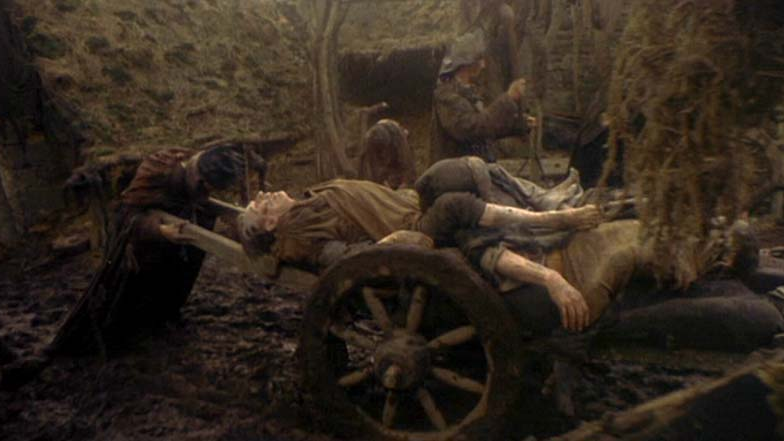
One of the major things you’ll get in Arthurian films – or in any high fantasy with medieval or medieval-inspired settings – is a very clean, beautiful environment. Castles were lovely and sparkly. So was armor. Men were handsome. Ladies were pretty. And everyone clearly bathed on the regular.
This is genuinely not how the time of Arthur would have been.
Monty Python and the Holy Grail doesn’t shy away from showing people living in squalor and succumbing to the Plague. Even the knights are in less than shining armor, geared up in something far more likely to be around in the triple digits AD.
And speaking of horrible things played for humor… The French knights catapulting cows over their walls is an actual historically proven thing. Sort of. They wouldn’t be tossing live animals over the wall, of course. They needed those. But dead animals who had begun to decompose and carry disease? It was the medieval equivalent of a chemical weapon. (And yeah, those who didn’t survive the aforementioned Plague were also known to become ammunition… Imagine getting a literal cannonball of death thrown at you!)
Science Was Ridiculous – And So Were Arthurian Trials
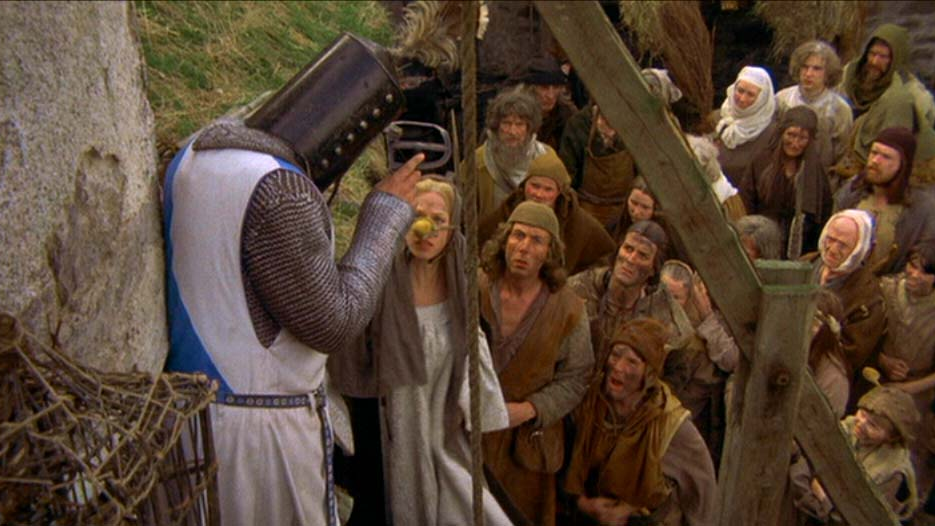
As silly as the Monty Python witch trial may be, the actual process isn’t too far off from the way the medievals might have thought. It does go slightly more off the rails than normal. But, the “scientific method” of the trial is approaching the mindset that medieval intellectuals would have had.
The Middle Ages were a time of questions. People wanted to know, say, how fast the Earth turned. So they’d shoot an arrow in the air, intending to measure when and how far away it landed, then calculate the velocity from that. When the arrow plopped straight back down? They built a theory about crosswinds blowing high above the Earth, at exactly the same speed but in the opposite direction, to account for the discrepancy.
Compared to that, “things that float weigh the same as other things that float” seems downright sensible.
There’s another side to this, too. The fact that Bedivere was right and the witch really did weigh the same as a duck. Silly? Absolutely. But not the first time physics have been altered to ridiculous ends in an Arthurian trial.
In the romance of Tristan and Isolde, Isolde is to be tested to see if she has been unfaithful to her husband the king. (Which, of course, she has – with Tristan). She’ll be asked a question and stuck with a hot poker. If she answers truthfully, God will spare her and she will not be burned.
So on the way to her trial, Isolde trips and falls crossing a stream. She is picked up and carried the rest of the way by a handy villager, who happens to be Tristan in disguise. When asked if she has been faithful, she says, “Other than this man, no man other than my husband has touched me.” And since God loves a loophole, the poker left her unscathed.
It is, as the witch said, a fair cop.
There Was No Merlin
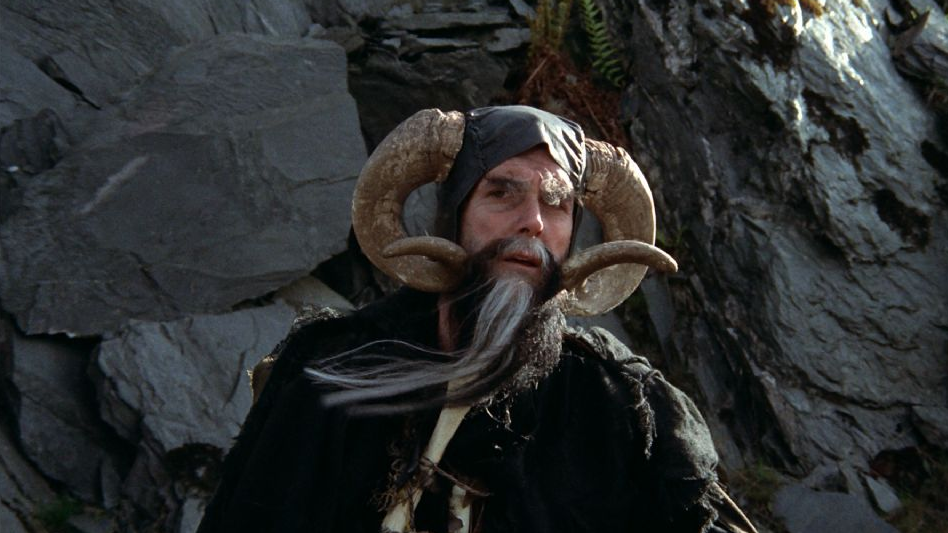
The absence of Merlin from Monty Python and the Holy Grail (albeit replaced with “Tim?”) actually brings the story more into line with the earliest of early Arthurian legends. Which isn’t to say there was never a Merlin… There were two! It’s just neither of them would ever have met Arthur.
The first was mentioned in Geoffrey of Monmouth’s A History of the Kings of Britain, which also gives us our first verified mention of the character of Arthur. This Merlin was a Nostradamus-type character, who would have died before Arthur was born. His major accomplishments include going crazy, living in the forest, and writing pages of predictions that make no sense.
The second Merlin would have shown up well after Arthur – considering he was a minstrel who alleged to be Merlin telling stories of himself. We wouldn’t see the familiar stories of Merlin the Magician, much less see him in spitting distance of Arthur, until the 1230s when the Post-Vulgate Cycle was published.
It’s Just a Flesh Wound!
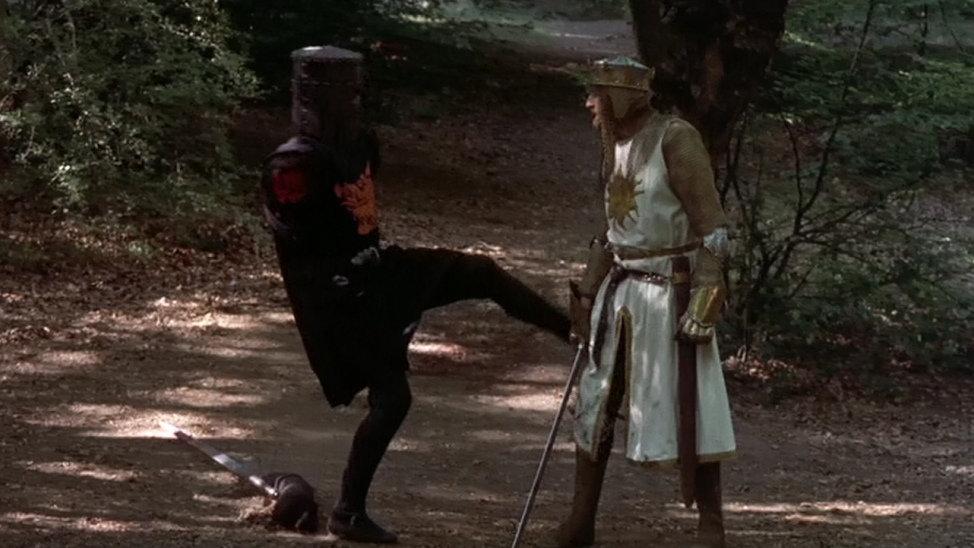
The iconic Black Knight scene was inspired by the story of Arrhichion of Phigalia, a wrestler who managed to win his match posthumously, coupled with some dubious observations about the nature of “never giving up.” However – perhaps even unbeknownst to the Pythons – the Black Knight’s story is a far tamer version of an actual battle from the tale of Sir Yvain.
The lesser-known knight, created by the writer who brought us both Lancelot and Percival, found himself fighting off the boyfriend of the lady of a castle. Yvain beheaded his opponent and went back to his explorations. But, the knight’s girlfriend appeared to stick his head back on with salve given to her by Morgan le Fay.
A second battle commenced, ending similarly. After the third, Yvain literally diced the knight up with his sword and dumped the bits in the moat. The girlfriend fished the bits out with a net, put him back together, and… Well, at this point even the most faithful boyfriend has had enough.
Over-the-top battles like this weren’t uncommon in early Arthurian literature.
It was part of what the readers were there for, along with the romance and questing. And very little thought was spared for realism, with readers prepared to suspend their disbelief as long as the fights were good.
Obviously, you don’t need to know – or even care about – any of these things to enjoy Monty Python and the Holy Grail. Sort of how you don’t need to comprehend the political satire it aimed at the Nixon era. (What? Yes, that’s a thing… But that’s a whole other subject.) But in the midst of their songs and shrubbery requests, the Pythons – as they often do – had a layer of authenticity that many other movies lack.
We may have no proof of a real “historical Arthur,” but at least for now, we’ve got something close. And quotable.
Ready to revisit Monty Python? Shop our Amazon affiliate link here!

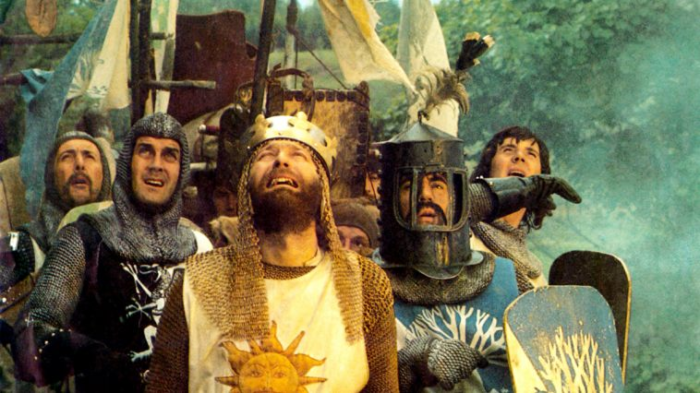
Comments are closed.